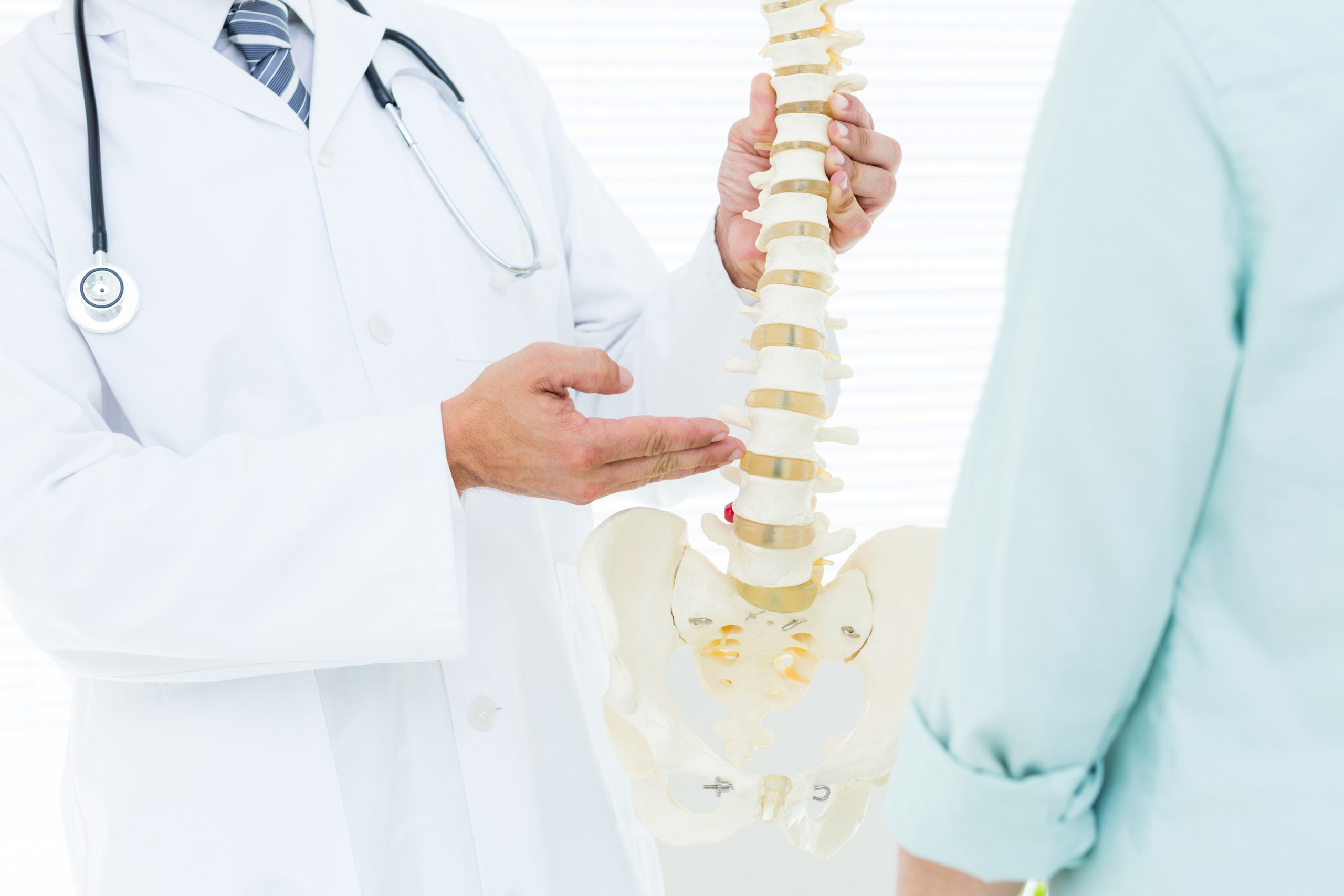
During the holidays, our heads often are filled with thoughts of gifts we can give to others to make them happy and improve their lives in ways both small and large. This year, we’re thinking especially of sufferers of lumbar spinal stenosis (LSS) and recommending the perfect gift they can give to themselves.
That gift is a minimally invasive procedure and scheduling it soon can bring a New Year of reduced pain and greater activity.
Spinal stenosis is the result of aging and “wear and tear” on the spine from everyday activities. These changes cause the spinal canal to narrow, which can “pinch” the nerves in the lower back and may cause pain and/or nerve damage. This is called Lumbar Spinal Stenosis.
The symptoms are many and each is an impediment to living one’s best life. They include:
One of our more popular options is VERTIFLEX®, a small implant, available in different sizes to best match the individual’s spinal anatomy. It is made of titanium, a material used for medical implants because it is lightweight with great strength. Titanium is biocompatible and reduces the risk of inflammation or rejection.
Placing the VERTIFLEX® typically takes about 30 minutes. It is implanted through a small incision in the lower back. The procedure can be performed in an outpatient surgical center and involves no tissue or bone damage and minimal blood.
After the procedure, the patient may enjoy a significant reduction in leg pain within the first few days. All post-operative care instructions should be prescribed by the physician. The doctor also will talk about limiting activity levels immediately after the procedure and how to increase activities as the healing process continues.
It’s a proven means of mitigating the pain. It’s also the best thing sufferers can do for themselves or encourage their loved ones to do. Get back to the small things in life that matter!